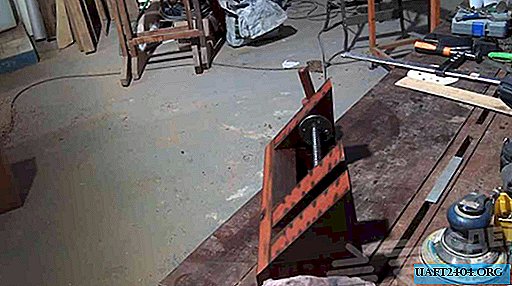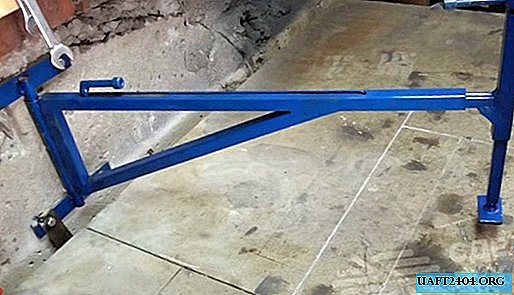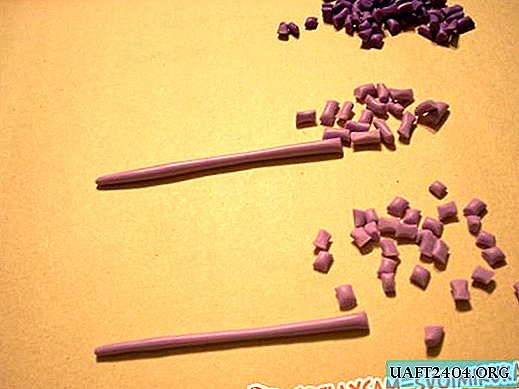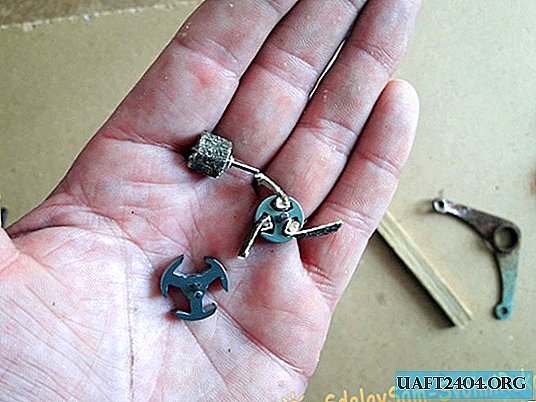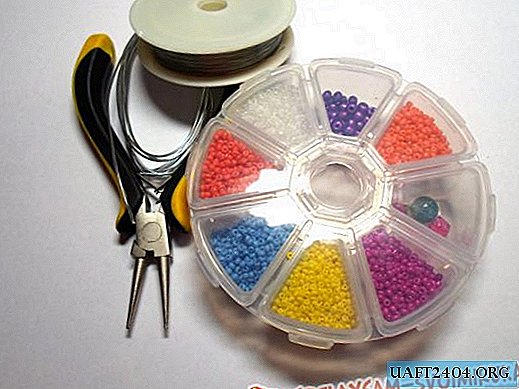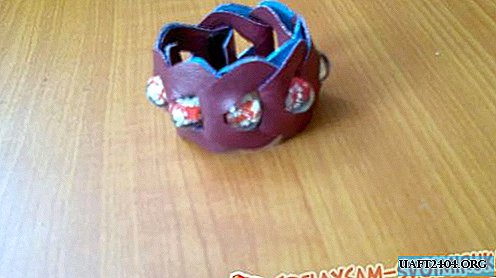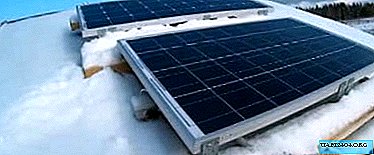
Alternative energy sources are an indispensable thing in any situation, especially when you need to urgently charge a smartphone or laptop, but there is no electricity in the house. It is quite possible to make a compact solar battery with your own hands. And for this it is not at all necessary to be a relative of Einstein or Rutherford, it is enough to strictly follow the simple instructions detailed in this article.
Solar panels for home
To make a solar battery with your own hands, you must responsibly approach the process of work and the choice of materials. For a small home panel you will need:
- polycrystalline solar cells;
- 5 mm thick glass;
- sealant (special film, silicone or compound);
- wide standard tire;
- narrow tire (1.6 or 2 mm);
- rosin flux pencil;
- degreasing alcohol;
- cotton buds or discs;
- solder.
The soldering of the tire to the surface of the photocells can be carried out with a conventional soldering iron, the power of which is at least 25-40W. It is allowed to use both polycrystalline and monocrystalline photocells. In the first case, the products are characterized by good resistance to changes in climatic factors, and in the second, they have higher efficiency and a long service life.

The scheme of the solar battery
It is also worth noting that on sale there are photocells with and without soldered conductors. The first option is much preferable, since the process of work is much easier, although you still have to solder. You can buy polycrystalline photocells at an affordable cost in the online store AliExpress - for this, follow the link //en.aliexpress.com/.
If you want to make a small solar battery for the full operation of digital or household appliances, it is more expedient to choose solar cells of the DIY format 5 V 300MA 1.5 W or any others at your discretion. All purchased photocells must be sorted according to the parameters of the output voltage, since often the specifications declared by the manufacturer do not correspond to reality, and it turns out that even in one batch there can be "defective" products that demonstrate different values under the same conditions.
Stages of creating a solar battery
To get started, prepare and sort the photocells with the same indicators of the generated voltage - this can be checked using a standard tester. To make a solar panel 900 × 750 mm, 36 identical photocells will be required. Determining the optimal length of a narrow tire is quite simple: put two photocells so that the distance between them is at least 1 cm. After that, cut the required number of segments (72 pieces) of the same length.

Take a cotton swab dipped in alcohol and gently wipe the place of future soldering - this is necessary to degrease the surface. After that, perform a similar operation, but using rosin flux. You can solder with and without solder, but in most cases it is enough just to warm the tire well. Take a heated soldering iron and gently solder the bus evenly over the entire length of the conductive coating. After soldering, wipe the tire surface with alcohol. Perform the same operations on the back of each panel.
After that, you can proceed directly to the assembly of the frame. Carefully transfer the soldered photocells to the front surface of the glass. Then the plus and minus contacts are output, and connect the extreme ends of the narrow bus with a wide bus, using high-quality solder for this purpose. To prevent the solar battery from discharging at night or in cloudy weather, you can additionally install Schottky shunt diodes of 3.3 A - they can be bought at the electronics store.

Before the sealing process, be sure to test the solar battery to make sure that all work is carried out correctly and the quality of the soldering is at the proper level. If you use silicone sealant instead of a compound, then there is no need to fill all the panels - only the edges of the structure and the internal gaps between the photocells are processed. You can also use a special Eva film. With the correct connection of all elements at the output, the following parameters should be obtained (approximate values):
- Voltage - 19 V;
- The current is 3.5 A.
If you multiply the voltage by the current strength, you get the output power of the solar battery: W = UI. In our case, we should get about 60 watts. Depending on the intensity of sunlight and the angle of inclination, the efficiency of the solar battery can vary in a smaller or larger direction.

